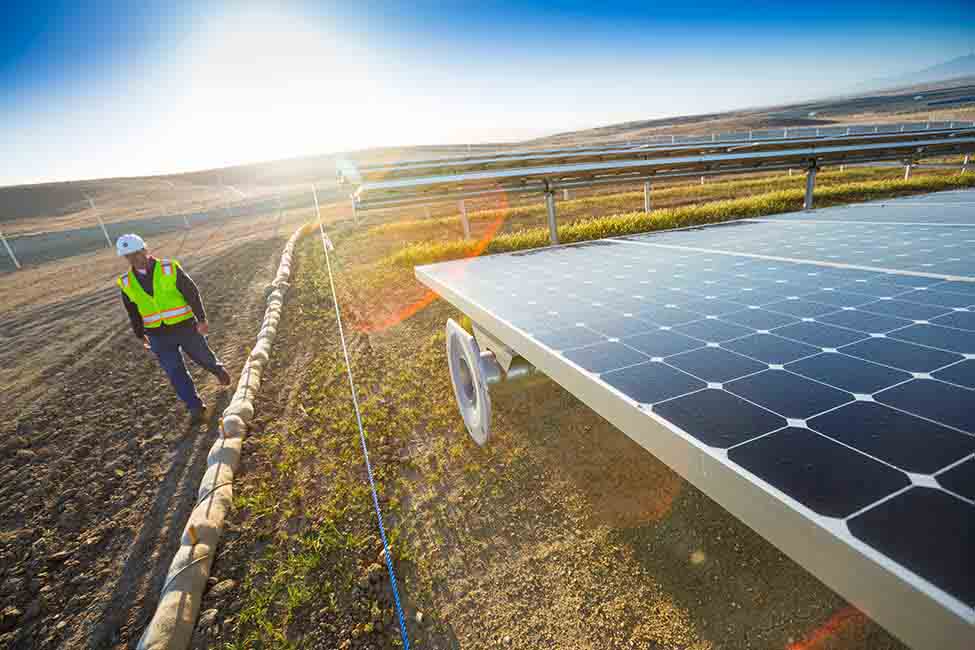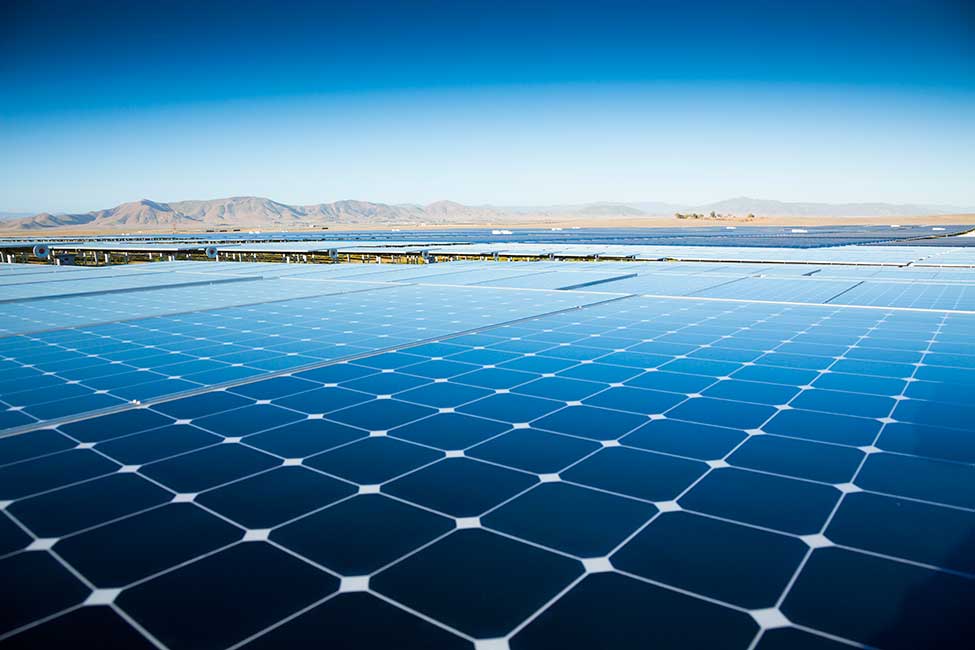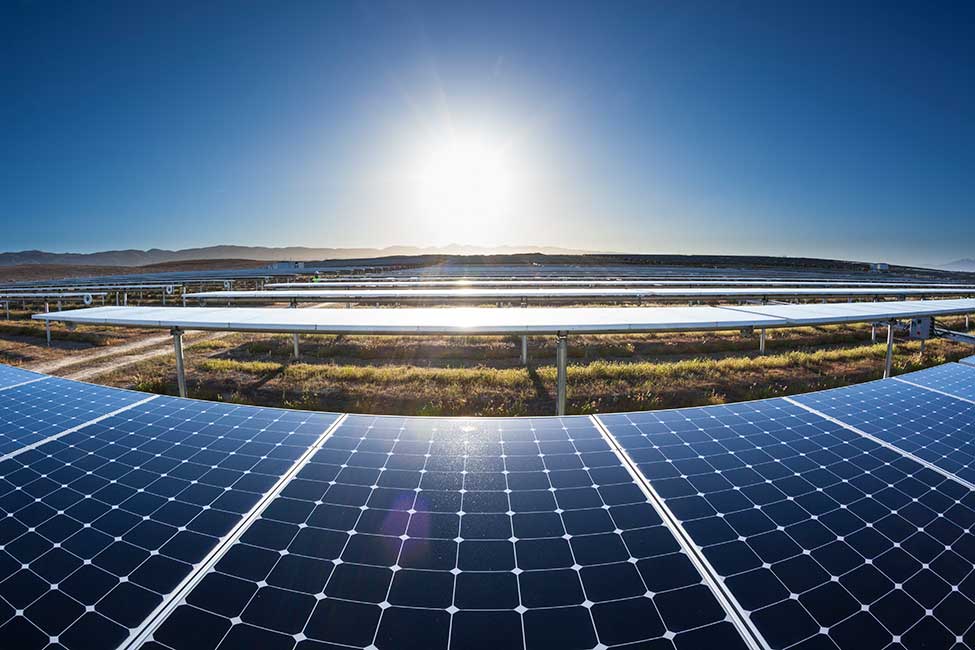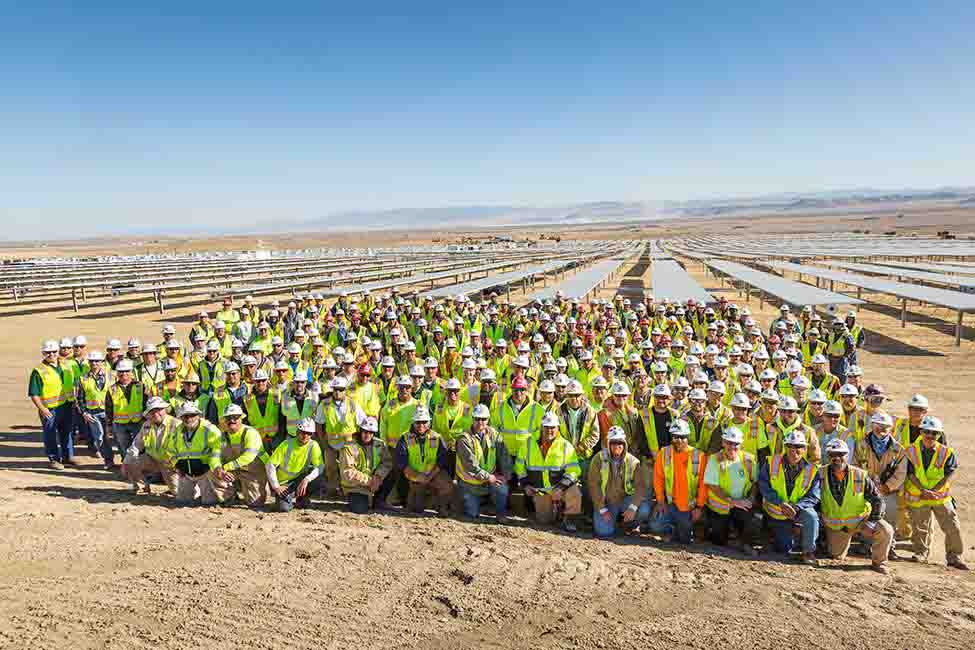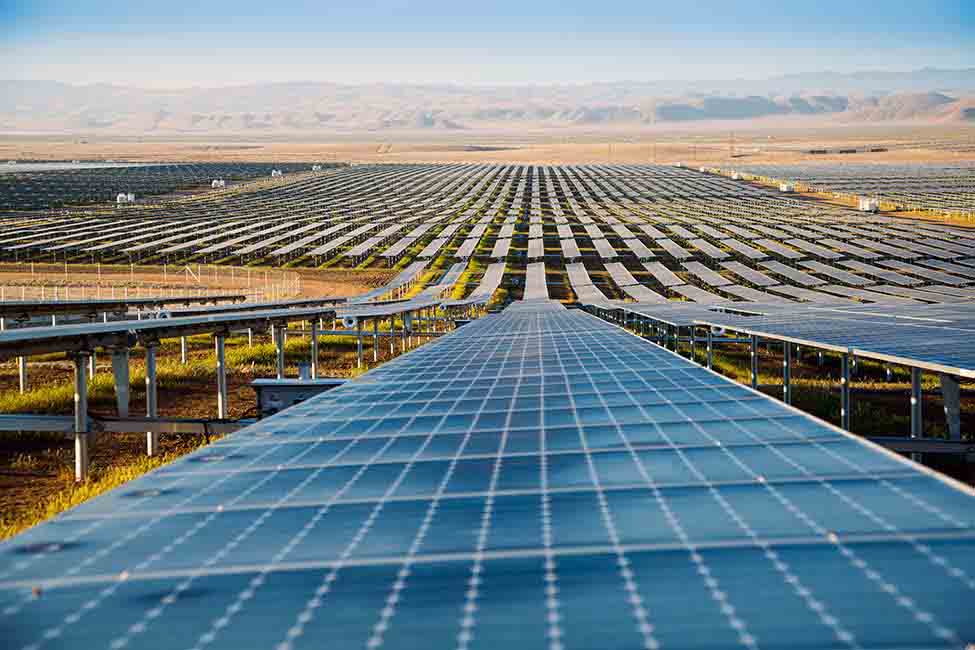California Valley Solar Ranch is one of the largest operating solar photovoltaic power plants in the world. This innovative power-generating project, is generating clean, renewable energy for approximately 100,000 homes annually, helping California achieve its goal of generating 33 percent of its energy from renewables by 2020. In addition, 90 percent of construction waste was recycled on the project—40 percent more than required by San Luis Obispo County.
Bechtel built the 250-megawatt facility for NRG Energy and SunPower. The California Valley Solar Ranch is a model for responsible design and construction that respects the environment and helps to advance the renewable energy industry.
Renewable energy meets responsible engineering
Image Gallery
Protecting groundwater resources
A prime concern was conserving groundwater in drought-plagued California. Bechtel implemented a strict construction groundwater usage program and storm water management program to meet stringent requirements, and recycled 90 percent of construction waste on the project. In addition, each of the nearly 750,000 solar panels were designed to allow for vegetation to grow underneath. By leaving the existing terrain and vegetation intact, a natural filtration system was created that conserves valuable resources.
The California Valley Solar Ranch also incorporates fencing and an alternate wildlife corridor designed to minimize visual impact, grading and species impact. About 70 percent of the site―more than 3,200 acres (some 1,300 hectares)―is permanently conserved and managed to meet conservation objectives for a range of species.
Local jobs
The California Valley Solar Ranch created 700 jobs during peak construction from 2011 to 2013. Bechtel hired several hundred craft workers and dozens of suppliers from San Luis Obispo County and other parts of California to work on this project.
Clean energy
According to calculations provided by the U.S. Environmental Protection Agency, the CVSR will offset the production of up to 336,000 metric tons of greenhouse gas emissions per year. That's the equivalent of avoiding emissions from 65,000 vehicles every year.


